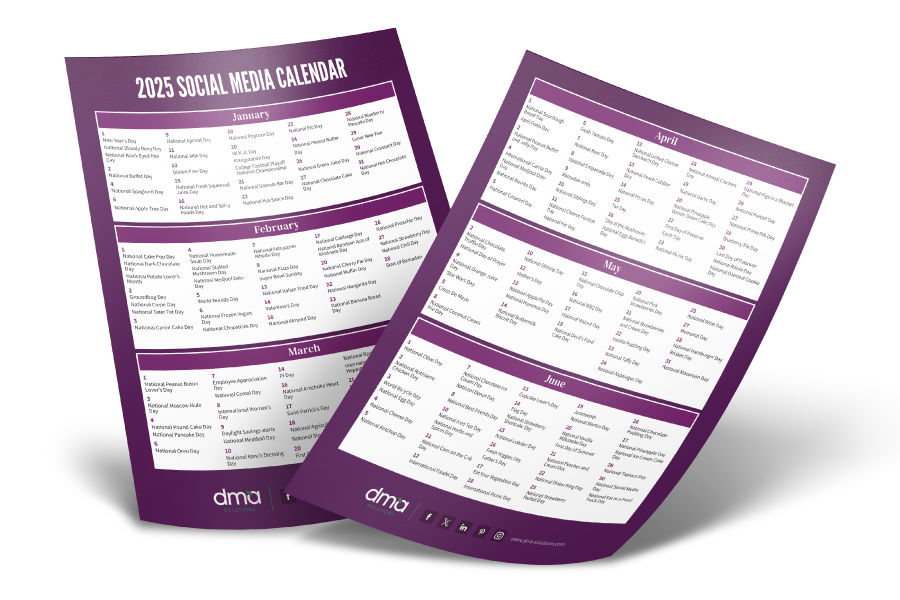If you’ve ever worked with, or heard stories about working with influencers, you may have very strong opinions on either side of the spectrum as to whether or not those types of partnerships are right for your brand. Due to the shift in how influencers work now, there are several misconceptions regarding what kinds of influencers to approach and how to make those relationships work best for your brand’s goals, so we’ve addressed four of the biggest myths that marketers tend to believe in the influencer space that we’d like to set straight:
Myth 1: The bigger the better.
As we’ve mentioned before, smaller (even “micro”) influencers can garner huge results for your brand. Influencers are defined by the number of followers they have, and are categorized as celebrities, macro-influencers, or micro-influencers. While engaging in a celebrity endorsement might sound appealing from the outside looking in, 78% of millennials said that celebrities do not influence their buying behaviors. So while the larger following may make it seem like that partnership will reach more people, we’ve actually seen greater engagement from smaller influencers who are speaking to a niche audience.
Myth 2: A one-size-fits-all strategy will work.
When approaching a new influencer marketing strategy, it’s important to keep in mind that what works for one brand might not work for your brand. Partnering with influencers should be personal – think about what you’re trying to accomplish, who you’re trying to reach, and what your measurement of success looks like. While it may seem enticing to mimic a successful influencer marketing campaign that your brand idol accomplished, it’s important to remember that influencer marketing is not a one-size-fits-all, cookie-cutter kind of strategy.
Myth 3: Location matters more than anything.
While it may be appropriate to reach out to influencers who live in a certain area when looking to promote a local store opening or event, the truth is that you don’t necessarily have to partner with influencers based on location alone. In fact, because of the nature of blogs and social media, “local influencers” are a much smaller group than you might imagine. Just because someone lives in Chicago does not mean that their core readership is there. And since blogging creates evergreen content on the internet, your brand will show up in searches long after your promotion is running, so don’t limit your brand by only securing partnerships in a market area you wish to saturate.
Myth 4: Sponsored posts are not authentic.
As the FTC continues to roll out new regulations for influencers to abide by, some marketers (and consumers) have the notion that seeing the word “sponsored” will turn readers away from the content immediately. While this may be true for some folks, the majority of people who are influenced by influencers understand that the given influencer posing sponsored content wouldn’t recommend a product she or he didn’t fully believe in. This is where the extra layer of authenticity and third-party validation truly comes into play for your brand!
Although we understand there may always be speculation around the world of influencers, this marketing strategy can be incredibly impactful if executed properly.
Have questions about how influencers could work within your marketing strategy? Reach out to us for more information or tweet us at @TheCoreBlog.
{{cta(‘1ae4ca72-b91f-4c73-b8ba-b135cc1eee37′,’justifycenter’)}}












